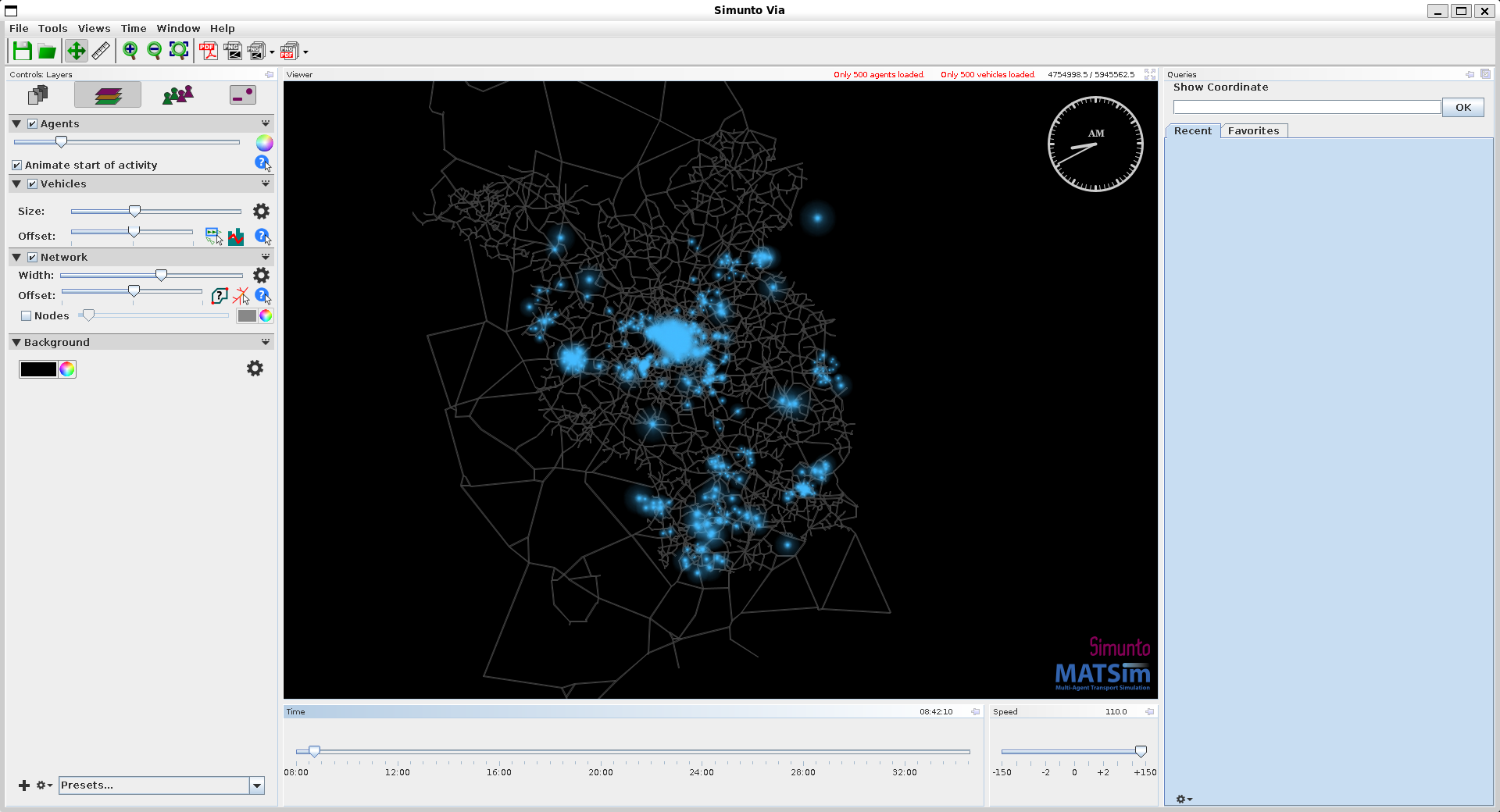週の始めは憂鬱(ゆううつ)です ―― 誰でもそうでしょうけど。
Mondays are depressing ? I suppose that’s true for everyone.
私は、この「憂鬱」そのものが憂鬱で、日曜日の午後から仕事に着手することがあります。
I get so depressed by the *depression itself* that I sometimes start working on Sunday afternoon just to escape it.
本末転倒ですが、それくらい休み明けというのは辛いものです。
It’s absurd, I know. But that’s how painful the start of the week can be.
そういう時、この気分を何とかしようとWebで検索してみるのですが、いやー、鬱陶しいくらい山ほど出てきますね。
When I try to shake off that mood and search the web for help, I find, good grief, an endless flood of articles.
---
「前向きに生きる」などというコラムや投稿は、ネットのどこを見ても腐るほどあります。
Everywhere you look online, there are countless posts preaching “live positively.”
私は、ひとつの仮説を立てています。
I’ve come up with a hypothesis about this.
――これを書いている人は、その瞬間たまたま「前向きに生きよう」と思っただけであり、その気持ちはせいぜい一日のうちの1~2時間も続けば良いほうだ
というものです。
The people writing these posts *happen* to feel positive at that moment, and that feeling probably lasts no more than an hour or two in the entire day.
なぜそう思うのか。それは、私自身がそうだからです。
Why do I think so? Because that’s exactly how I am.
私にも、稀に「前向きにやろう」と思う瞬間があります。そのときに限って、ブログやコラムを書きたくなるのです。
On rare occasions, I, too, feel like “being positive.” And that’s precisely when I’m inclined to write a blog or column.
しかし、その後に訪れるのは現実の重みと停滞感であり、あっという間にその「前向きさ」は剥がれ落ちます。
But soon after comes the weight and stagnation of reality, and that fragile optimism peels away almost instantly.
つまり、「前向き」とは心の恒常状態ではなく、一瞬の高揚にすぎないのです。
In other words, positivity is not a steady state of mind; it’s just a fleeting surge.
---
だから私は申し上げたい。―― ネットの言葉を鵜呑みにしない方がいい、と。
That’s why I want to say this: don’t take those words on the internet at face value.
「前向きな気持ちを鼓舞する書き込み」の裏側には、腐るほどのネガティブな時間があると考えてよい。
Behind every cheerful post urging positivity lies an ocean of negative hours.
むしろ、そのネガティブを何とか押し返そうとする必死の反動こそが、「前向きに生きる」という言葉を生み出しているのだと思います。
In fact, I believe those “positive” words are born out of a desperate counter-reaction to suppress that negativity.
繰り返しますが、私はそうです。だから、他人もきっとそうだと思う。
I repeat that’s how it is for me, so I suspect it’s the same for most people.
人は、自分の中の暗さを直視したくないとき、明るい言葉を使う。
When people don’t want to face their own darkness, they use bright words.
つまり「前向き」とは、多くの場合、自分を励ますための擬装であり、その言葉そのものが痛みの存在を証明していると考えてよいでしょう。
Thus, “positivity” is often just self-encouraging camouflage; the very act of saying it proves that pain exists.
---
私のコラムを読んでもらえれば分かりますが、「前向きなコラム」も一応はあります。
If you read my columns, you’ll find a few that might be called “positive.”
しかし、それ以外のコラムの大半は批判的で、シニカルで、後ろ向きで、人の努力を嗤うような根性の悪いものばかりです。
But most of the rest are critical, cynical, gloomy, the kind that sneer at people’s efforts.
けれど、それこそが現実に最も近いと思っています。
Yet I believe that’s what’s closest to reality.
「前向きであること」を演じ続けるよりも、後ろ向きな感情をそのまま書き残す方が、よほど人間的で誠実だと思っています。
Rather than pretending to be positive, leaving one’s darker emotions on the page feels far more human and honest.
なぜなら、「希望を語ること」よりも「絶望を認めること」の方が、はるかに正直だからです。
Because admitting despair is far more truthful than talking about hope.
そして、その正直さの中にこそ、かすかな救いが生まれる――と、私は思っています。
And within that honesty, I believe, a faint form of salvation can emerge.
前向きな言葉よりも、後ろ向きの正直な独白の方が、人を支える力を持つことがある、と。
Sometimes, a sincere, negative confession can support people more than cheerful words ever could.
---
「前向きに生きる」という言葉は、持続的な心構えではなく、心が崩れそうなときの一瞬の自衛反応であると思う。
The phrase “live positively” is not a sustained mindset; it’s a brief act of self-defense when one’s heart is about to collapse.
だから、他人の「前向きさ」を信じるよりも、自分の「後ろ向きさ」と折り合いをつける方が、よほど現実的で、健全です。
That’s why it’s far more realistic and healthy to make peace with your own negativity than to believe in someone else’s positivity.
そして、もしあなたが今日、少しだけ前向きな気分になったなら――それを大切にすればいい。
And if today you happen to feel a bit positive, cherish it.
ただし、明日はまた落ち込むでしょう。そこは賭けてもいい。
But tomorrow, you’ll likely feel down again, I’d bet on it.
四六時中前向きであるのは、ポジティブではなく「躁(そう)病」という心の病です。
Being positive all the time isn’t positivity; it’s mania, a mental illness.
---
ともあれ、私たちは「前向きに生きる」などというコラムや投稿を真に受けることはありません。
In any case, we shouldn’t take “live positively” articles or posts seriously.
それは、SNSに投稿される「一瞬の輝きを切り取って、他人に優位性を示そうとする写真」と同じです。
They’re just like those photos on social media, snapshots of a brief glitter meant to show superiority over others.
本当に幸せな人は、『その一瞬を切り取って他人にマウントする』必要などないのです。
Please do not need to capture those moments or announce them to anyone.
そして、一時の"躁"状態で記載された「前向きに生きる」の、記事にどれほどの価値があるでしょうか ーー "ない"ですよ、そんなもん。
And honestly, how much value can there be in a “live positively” article written in a temporary manic state? None at all.
あんなに、愚直に、真剣に、一生懸命、真面目に、私を育てて生きてきた、あんな立派な人たち(私の両親)の、最期が「あれ」かよ、と。
